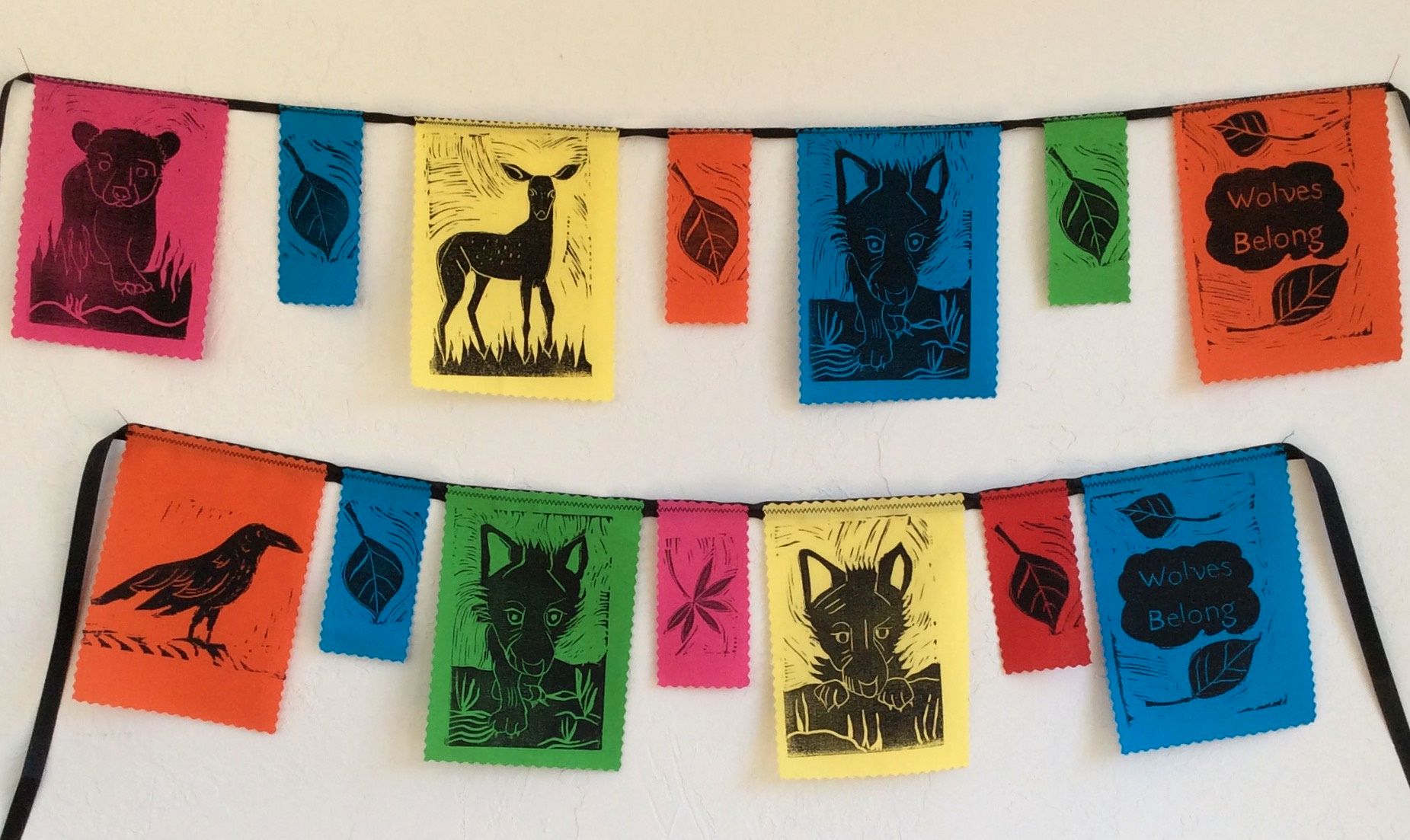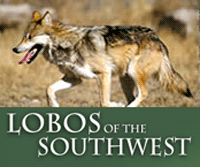For Immediate Release June 3, 2025
MEDIA CONTACTS
Claire Musser, Executive Director, Grand Canyon Wolf Recovery Project, This email address is being protected from spambots. You need JavaScript enabled to view it. 928-202-1325
Leia Barnett, Greater Gila NM Advocate, WildEarth Guardians, This email address is being protected from spambots. You need JavaScript enabled to view it., 970-406-2125
Erin Hunt, Managing Director, Lobos of the Southwest,
This email address is being protected from spambots. You need JavaScript enabled to view it., 928-421-0187
Conservationists celebrate lobo pup fostering successes but sound the alarm about genetic crisis and lack of wolf family releases
Phoenix, AZ – Advocates are wishing the best for the 17 endangered Mexican gray wolf pups fostered into wild dens this Spring, but they are raising alarms about the ongoing genetic crisis and management policies that hinder the recovery of this rare southwestern native wolf.
“Mexican gray wolves are social, sentient beings and should be treated as active agents in their own recovery,” said Claire Musser, executive director of the Grand Canyon Wolf Recovery Project. “The I-40 boundary is an unscientific roadblock that limits their ability to disperse, form new packs, and restore genetic diversity. Recovery requires freedom to roam where habitat allows—not where politics restricts.”
The over-reliance on fostering is resulting in a rapidly closing window for genetic rescue of Mexican wolves as the population grows and it gets harder to increase gene diversity.
"We celebrate the new lobo pups in the wild, but a genetic crisis still looms. Our wild population of Mexican gray wolves are still as genetically related as siblings", said Leia Barnett, Greater Gila Advocate for WildEarth Guardians. "The solution lies in resuming the release of well-bonded family packs as soon as possible while the population is still small enough to make a meaningful difference."
“We have heard concerns raised by some ranchers in the southwest that Mexican wolves are artificially concentrated in certain areas, perhaps as a result of the overreliance on fostering pups into locations that already have high wolf density” said Erin Hunt, managing director of Lobos of the Southwest. “A natural solution to uneven distribution of the wolf population would be to remove the artificial I-40 boundary and allow natural dispersal in suitable habitat outside of the current recovery area. Releasing well-bonded family groups of wolves in new locations, including the excellent habitat in the Grand Canyon ecoregion, northern New Mexico, and southern Rockies, would allow for a more natural distribution of wolves across the landscape. This would also improve genetics by immediately adding breeding individuals and their pups into the population.”
The genetic recovery goals as outlined in the 2022 Mexican Wolf Recovery Plan are insufficient to ensure the long-term conservation of Mexican gray wolves. They simply require 22 wolves from the Saving Animals From Extinction (SAFE) captive breeding program to reach breeding age in the wild. But this does not mean that those wolves have actually passed on their genes by raising families of their own. A better measure of improvement to gene diversity would be a requirement that fostered wolves not only survive to breeding age but actually have pups of their own.
Advocates are celebrating the collaborative foster efforts of the Mexican Wolf SAFE program, nonprofits like LightHawk Conservation, and biologists and technicians working on the ground and urging more action from leadership at state and federal agencies responsible for recovering the Mexican wolf.
Agencies must act now to resume the introduction of well-bonded families of wolves into the wild to address the genetic emergency; better aid recovery of Mexican wolves; and improve resilience, the ability to adapt in the face of a changing environment, and redundancy. Releases of well-bonded wolf families, parents with their pups, have proven to be successful and will immediately boost gene diversity, increase the number of breeding pairs, expand the distribution of lobos, and support the highly social nature of wolves. The intentional restoration of multiple wolf populations is a fail-safe against extinction.
Background
The Mexican gray wolf is the southernmost subspecies of gray wolf in North America, and the most endangered. Exterminated from the wild in the United States and Mexico, seven unrelated wolves were successfully bred in captivity after the Mexican wolf was listed as endangered under the Endangered Species Act in 1976. Reintroduction into Arizona and New Mexico began in 1998. The most recent annual census shows at least 286 Mexican gray wolves in the wild in the United States and fewer than 20 in Mexico, where reintroduction began in 2011.
###





